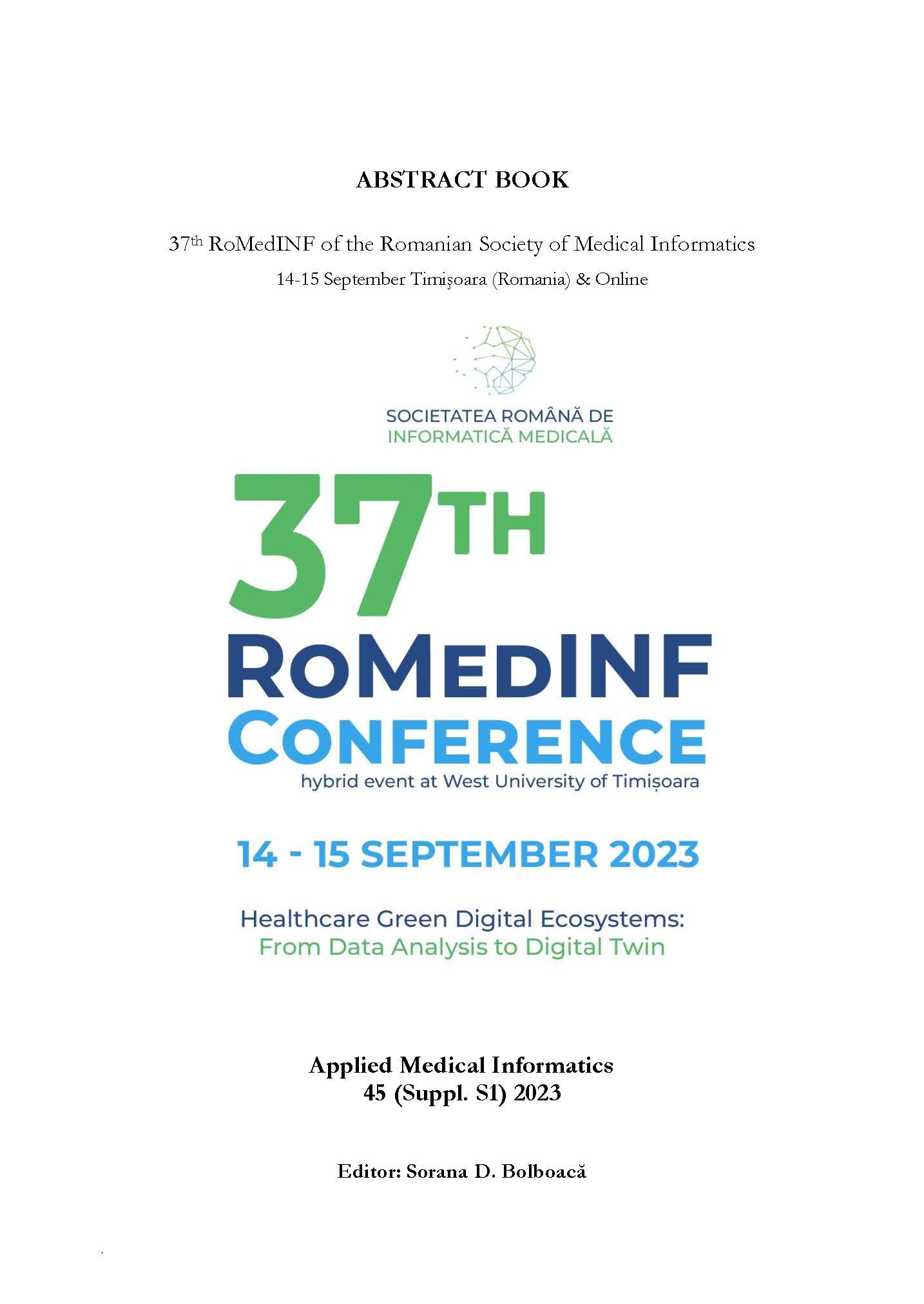Bioactive Betulin and PEG Loaded Poly(vinyl alcohol) Nanofibers as Biodegradable Coatings for Neural Implants
Keywords:
Neural tissue engineering, Biodegradable coatings, Neuromodulation, BetulinAbstract
Degradable polymeric coatings offer significant advantages when applied to medical implants. These coatings provide controlled degradation, ensuring that they gradually break down over time in harmony with the body’s healing processes. This controlled degradation can reduce the risk of long-term complications. The aim of our work was to prepare poly(vinyl alcohol) (PVA) nanofibers containing biodegradable polyanhydrides based on betulin disuccinate (DBB) and dicarboxylic derivatives of poly(ethylene glycol) (PEG) and to investigate their morphology, surface properties and biocompatibility. In this regard, PVA and DBB/PEG-loaded PVA nanofibers were fabricated using an electrospinning method. The average diameter of PVA and DBB/PEG-loaded PVA nanofibers were 132 nm and 247 nm, respectively. Surface roughness (Ra) of PVA and DBB/PEG-loaded PVA nanofibers was 96.2 nm and 117.6 nm, respectively, which is in agreement with previous studies on PVA nanofibers. To evaluate cell viability, human neuroblastoma SH-SY5Y cells were cultured for 48h on the surface of electrospun materials. All samples were found to be biocompatible, however, DBB/PEG-loaded PVA nanofibers indicated the highest percentage of viable cells when compared with PVA nanofibers and the control sample. The developed coating indicated promising properties for future application, particularly for the modification of metallic scaffolds used in neural tissue engineering.
Downloads
Published
How to Cite
Issue
Section
License
Copyright (c) 2023 Sara SHAKIBANIA, Małgorzata SKORUPA, Katarzyna KRUKIEWICZ

All papers published in Applied Medical Informatics are licensed under a Creative Commons Attribution (CC BY 4.0) International License.

